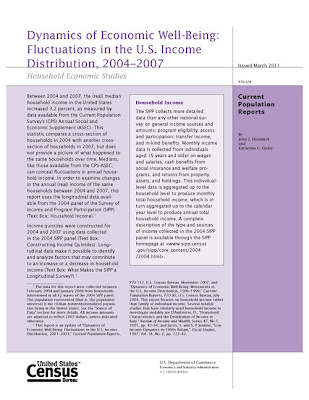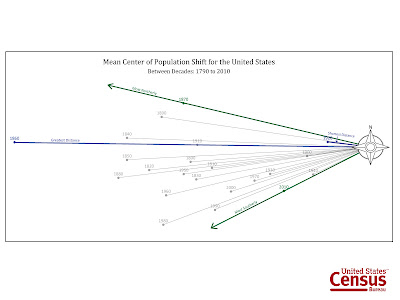The Connecticut GIS User to User Network will hold its quarterly meeting on June 10, 2011 at the University of Connecticut’s Greater Hartford Campus from 9am – 12 pm. This meeting will focus on topics related to GIS and the 2010 U.S. Census and will feature presenters from the U.S. Census Boston Regional Office. This meeting will be held in the Information Technology Building Room 104 at the University of Connecticut Greater Hartford Campus. Included below is a tentative outline:
Tentative Outline
9:00-9:15am – Introductions
9:15 – 9:45am – Locating 2010 Census Data using the New American FactFinder
9:45 – 10:00am – Tips and Tricks
10:00 – 10:15am – Networking
10:15 – 10:45am – Using 2010 Shapefiles and joining data from the 2010 Census
10:45 – 11:00am – Break
11:00 – 11:45am – American Community Survey and comparing ACS with 2010 Census data
11:45am – 12:00pm – Question and Answer Session
Parking and Navigating Campus
Parking is available for free in the visitor lot at the corner of Ayslum Ave and Trout Brook Drive in West Hartford, CT. Once on campus, the Information Technology Center is a short walk from the Parking Lot. The following link includes a campus map that includes details on each building: http://hartford.uconn.edu/map/campus.html
For Driving directions to the University of Connecticut Greater Hartford Campus, visit the following website: http://hartford.uconn.edu/map/
Can’t Make it? Attend this meeting Virtually!
For those that are unable to attend this meeting in person, a live web stream from this meeting will be offered. If you are interested in attending this meeting virtually via a live web stream, please complete the following form so we can be sure to provide you a link to attend the meeting virtually: http://bit.ly/lHuOM9
GIS Tips and Tricks
CT GIS User to User Network would also like to encourage participants to bring a GIS related tip to share with meeting participants. These tips could include a favorite extension, script, and time saving resource that would be useful to other meeting participants. Feel free to bring your tip on a sheet of paper to share with other meeting participants.
We look forward to seeing you physically or virtually for this meeting on the June 10, 2011!





